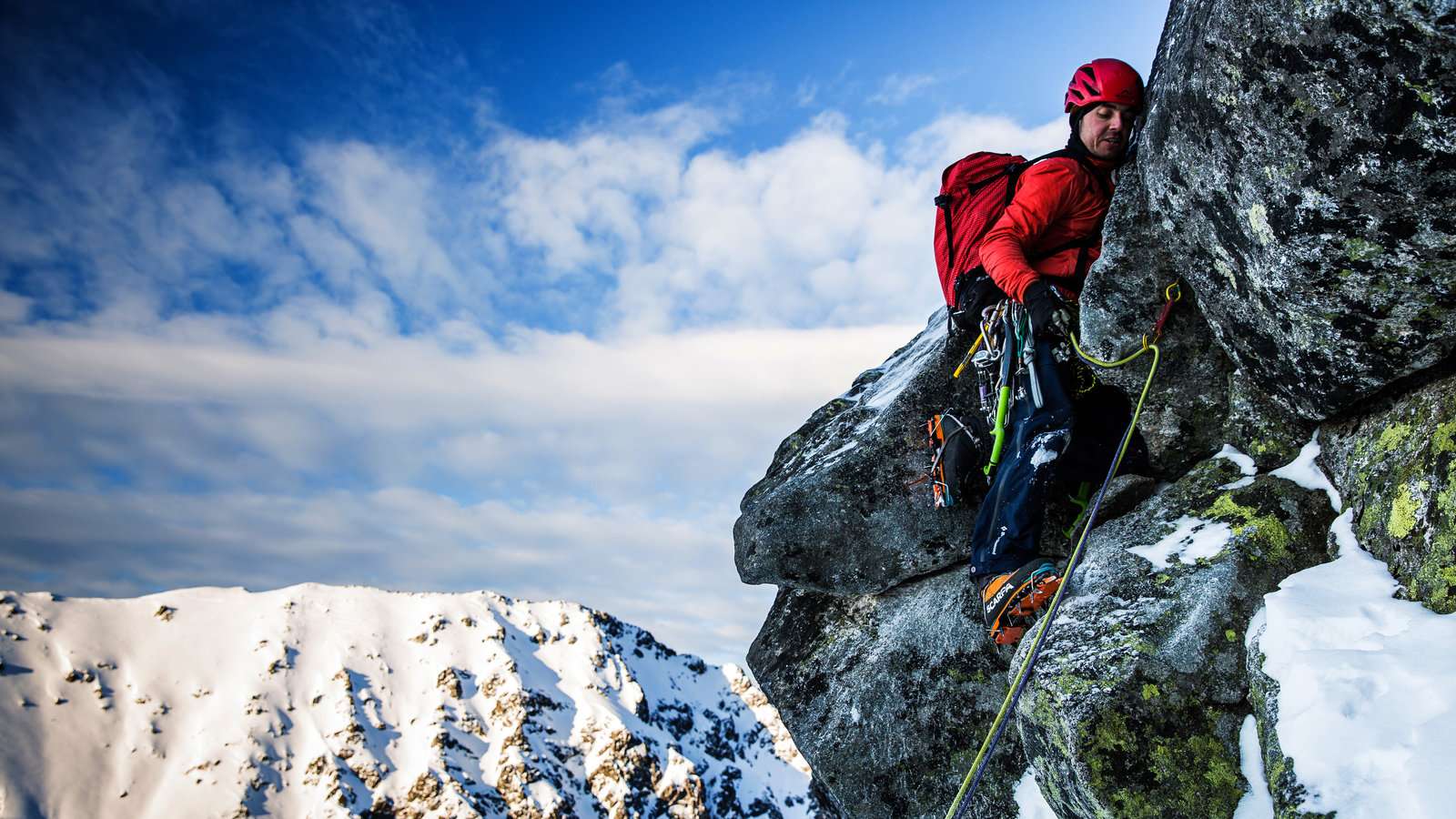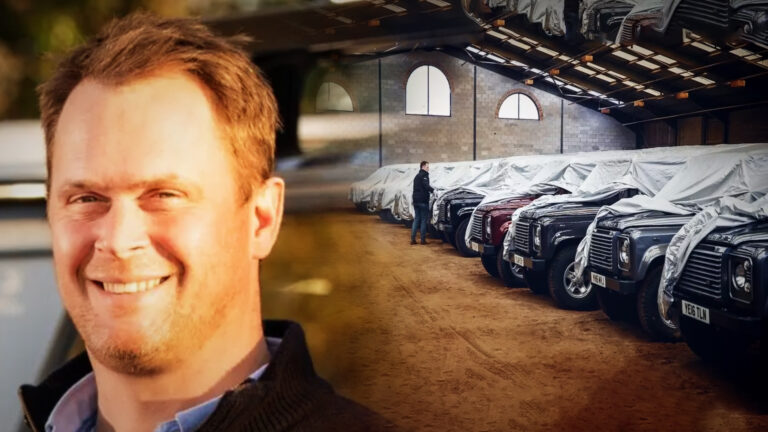Is It Worth the Danger? Why Do Climbers Pursue the World’s Most Lethal Peaks?

border of Pakistan and China, is not just the world’s second-highest mountain at 8,611 meters (28,251 feet)—it’s known as the “Savage Mountain” for a reason. Steep, unforgiving, and deadly, climbing K2 is one of the most perilous feats in the world. In 2008, newlyweds Cecilie Skog and Rolf Bae set out to conquer K2, only to find themselves in the middle of a deadly disaster that would claim the lives of 11 climbers in just two days. Their tale is a chilling reminder of the mountain’s danger and the price of ambition.
A Lifelong Dream to Conquer the Mountains
For Cecilie Skog, the allure of mountains was ingrained in her from childhood. Growing up in Ålesund, Norway, surrounded by towering peaks, she was irresistibly drawn to the idea of climbing. As she put it, the rush of scaling mountains became “addictive.” Skog’s passion for climbing was shared by her husband, Rolf Bae, a fellow mountaineer. The couple’s honeymoon was planned not for relaxation but for an adventure on the treacherous slopes of K2.

Skog and Bae’s decision to tackle K2 was not taken lightly. They knew that summiting would be grueling, but for them, the adventure was about more than just reaching the top. “The most important thing cannot be to summit; the most important thing has to be to come back home alive,” Skog says in the podcast. That mentality would soon be tested.
The Harsh Reality of K2
Upon arriving at the Baltoro Glacier in Pakistan, Skog and Bae joined a group of climbers from all over the world. Despite their experience and awareness of the risks—including avalanches, rockfalls, and freezing temperatures—nothing could prepare them for the unexpected challenges they would face. A memorial near the base camp served as a grim reminder of the dangers of K2, with weathered rocks marking the lives lost to the mountain.

Even with the ever-present risk of death, the allure of the summit proved to be powerful. “You can see the summit there, and you’re so close,” Skog recalls. The closer they got to the top, the harder it became to turn back. This is known as “summit fever,” where climbers become fixated on reaching the peak, despite overwhelming danger.
The 2008 K2 Tragedy
In what would become one of the worst climbing disasters in history, a massive ice avalanche swept through the slopes of K2, destroying ropes and killing climbers in its wake. Among the victims was Rolf Bae. His death, alongside 10 other climbers, sent shockwaves through the climbing community. Survivors were left with physical injuries, including frostbite, and deep emotional trauma.
Skog, devastated by the loss of her husband, was shaken but determined to continue climbing in his memory. She later embarked on new adventures, including expeditions across Greenland and Antarctica. However, her experiences on K2 and the tragedy that unfolded there changed her perspective forever.
The Price of Pursuing Summit Dreams
Skog’s journey reflects a broader issue in mountaineering: the commercialization of dangerous climbs. As more climbers rush to summit peaks like K2, the risk to safety increases. Mountaineering has evolved into a business, and while equipment and technology have improved, there’s no official rulebook governing how to climb safely. Skog’s story is a stark reminder of the risks involved in high-altitude climbing—and the importance of respecting the mountain.
As Skog says, her return to the Himalayas was a different experience. The obsession with summiting faded, replaced by a deeper understanding of the true cost of climbing these dangerous peaks. For her, the mountains are no longer about reaching the top—they’re about the journey and the lessons learned along the way.
Final Thoughts: The Savage Beauty of K2
K2’s harsh beauty and deadly reputation make it a symbol of human ambition and the fragility of life. For climbers like Cecilie Skog, the mountain represents both triumph and tragedy. Skog’s story is a testament to the strength of the human spirit, but it’s also a reminder that no summit is worth risking your life for. The mountain will always be there, but life—life is precious.






